Ask NASA Climate | January 29, 2015, 12:18 PST
It's countdown to launch
Another milestone in this amazing year of NASA Earth science
Just one year ago, we waited eagerly, wide-eyed and almost breathlessly as NASA prepared to launch five Earth science missions within a single year’s span. And now, just one short year later, we’re here again, preparing for the next step in this great journey.
It’s countdown time to launch SMAP.
With four successes behind us, this one — this fifth launch — represents its own individual milestone, as well as a milestone of this amazing year for NASA Earth science.
I sat down with Erika Podest, a SMAP scientist, a couple of days before the launch to talk about the mission and what it means for her, for NASA and for the world.
To help you share this special landmark moment with us, I gathered a few important and interesting tidbits you might want to know about SMAP:
1. According to Dr. Podest, satellite remote sensing is “a revolutionary way of studying our planet.” It’s how she’s integrated her two favorite things: exuberant nature (due to growing up in Panama and spending every weekend walking through the jungle) and technology.
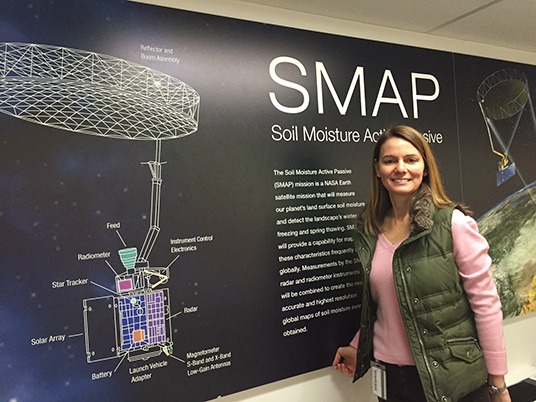
2. When we see photos of the rocket sitting on the Launchpad, we need to remember that that’s just the tip of the iceberg. Since the mission officially started in 2008, hundreds of people, including Podest, worked on the project from the time it was “only an idea, and watched it go from a design on paper to a physical reality.”
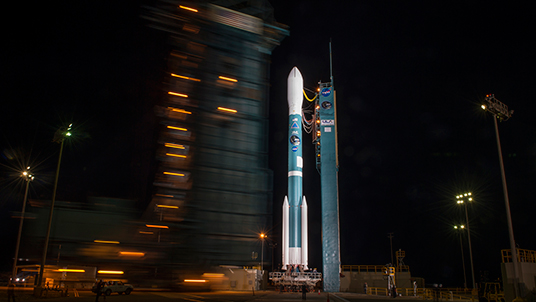
3. Because SMAP will measure soil moisture, it will be used to improve weather, flood and drought prediction. Global warming projections indicate a threefold increase in drought frequency in some areas of the globe, as well as more frequent precipitation events, increasing flood risks in other regions.
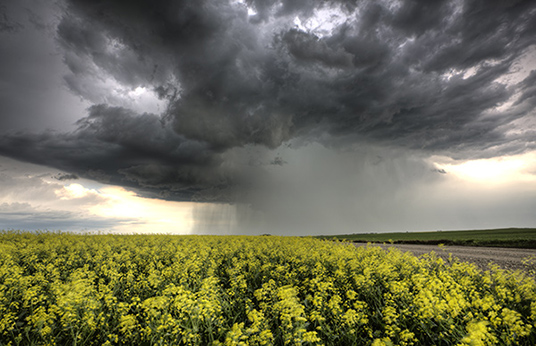
4. Since global warming has led to longer growing seasons in areas above the 45th parallel, which is halfway between the equator and the North Pole, SMAP data will tell us about freezing and thawing trends to give us more information about exactly how much and how fast the climate is changing in these locations.

5. The 20-foot (6-meter) diameter gold-plated SMAP antenna uses experimental, sky-breaking technology that took years of combined engineering experience and knowledge of what works in space to achieve it.

6. The solar panels on the instrument will open just hours after launch. Sixteen days after launch, the reflector/boom that supports the antenna will deploy in two steps. First the boom is deployed, which takes about 16 minutes. Then the antenna is deployed, which takes about 30 minutes to complete. It will spin at 14.6 revolutions per minute.
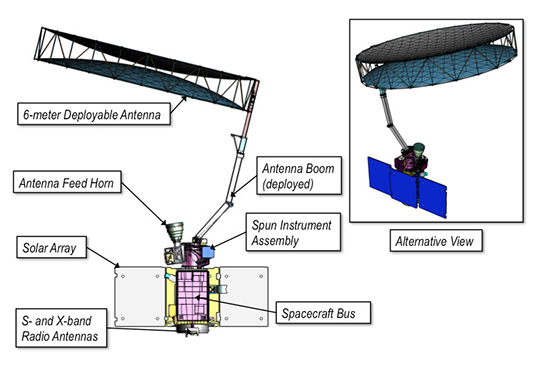
7. After the commissioning phase and data calibration/validation (about nine months after launch), all of the data will be freely available.
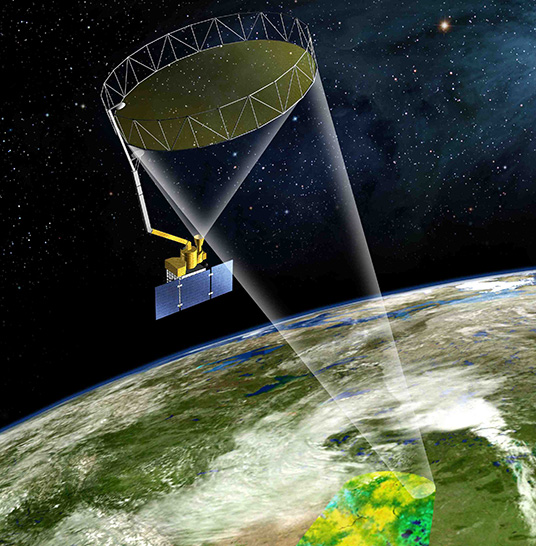
“The science team is calm and positive," said Susan Callery, Earth science public engagement manager, "There’s a confident vibe. The spacecraft is in good shape. Everything is checked and going well.”
To learn more about SMAP and follow the conversation, check these links:
http://smap.jpl.nasa.gov/blog/1208/
https://www.facebook.com/NASA.SMAP
I look forward to your comments.
Laura
SMAP is part of NASA's Earth Right Now campaign, a series of five Earth science missions that will be launched into space in the same year, opening new and improved remote eyes to monitor our changing planet.
